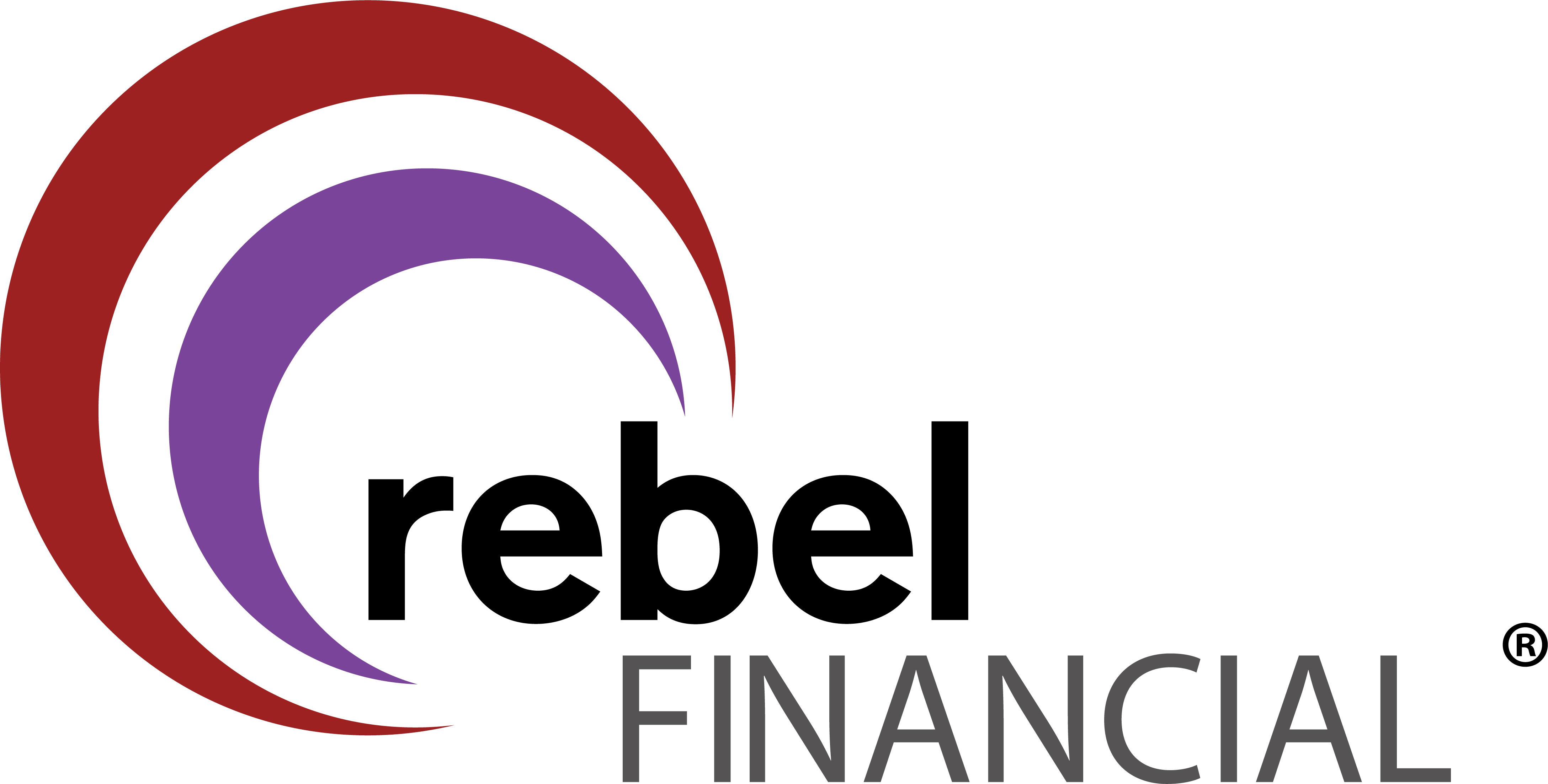As hard as it is to believe, today’s tax-advantaged plans — including individual retirement accounts IRAs, 401(k)s, and rollover IRAs — have the potential to make many employees millionaires. A 401(k) contribution of $433 per month, at 8% compounded monthly, would be worth more than $1 million after 35 years.
These plans are also highly vulnerable to tax losses, if they are not bequeathed properly. For instance, a $1 million IRA inheritance could be whittled to almost nothing under worst-possible circumstances, such as a combination of estate taxes, top income tax brackets, and missed withdrawal deadlines.
Saving your heirs thousands of tax dollars on your retirement money often hinges on the decisions you make before you retire. Therefore, it’s important to take a look now at how to save heirs tax headaches later on.
RMD Rules Simplify Things
The IRS rules for calculating the required minimum distribution (RMD) from IRAs and qualified retirement plans provide some longer-term planning advantages.
For the tax conscious, the premise behind retirement plan distributions is simple — the longer you are expected to live, the less the IRS requires you to withdraw (and pay taxes on) each year. Because your heirs could inherit this payout schedule along with the assets’ tax bill, talk to your tax or financial advisor about how these rules should be applied to best meet your goals and objectives. Keep in mind that if you or your heirs do not withdraw minimum amounts when required, taxes can take half of what should have been withdrawn.
Stretch Out the Tax Bill
There are various other ways to make the tax payments on these assets easier for heirs to handle. These are:
- Selecting a beneficiary — If no one is named, your assets could end up in probate and your beneficiaries could be taking distributions faster than they expected. In most cases spousal beneficiaries are ideal, because they have several options that aren’t available to other beneficiaries, including the marital deduction for the federal estate tax and the ability to transfer plan assets — in most cases — into a rollover IRA.
- Consider the options for multiple beneficiaries — If you want to leave your retirement assets to several younger heirs (such as your children), the IRS has issued “private letter” rulings that suggest that the assets in a stretch IRA may be split into several accounts, each with its own beneficiary. That way, distributions will be based on each beneficiary’s age. In addition, the rules provide added flexibility in that beneficiary designations need not be finalized until December 31 of the year following the year of the IRA owner’s death for the purposes of determining required distributions. Therefore, an older beneficiary (e.g., a son or daughter of the IRA owner) may be able to either cash out or “disclaim” their portion of the IRA proceeds, potentially leaving the remainder of the IRA proceeds to a younger beneficiary (e.g., a grandchild of the IRA owner). As long as this is done prior to December 31 of the year following the year of the IRA owner’s death, distributions will be calculated based on the younger beneficiary’s age. Because rules governing use of these strategies are complex, speak with a tax attorney or financial advisor to make sure that correct requirements are followed.
- Being generous — Plan assets given to charity are fully estate tax deductible, and no income tax is due on this gift. You should contact your tax or financial advisor to gain a better understanding of the tax benefits of donating IRA or qualified plan assets to charity.
- Consider an irrevocable trust — Because qualified plan assets qualify for the unlimited marital deduction, spousal beneficiaries may inherit these assets without tax consequences when the assets are left intact as part of the estate. Some estate planning experts have developed strategies using an irrevocable trust. This type of planning is very complex and requires specialized expertise in estate planning.
Strategies for Spouses
• Consider a rollover IRA — With rollover IRAs, you can practice some creative tax planning, such as setting up stretch IRAs for your children or recalculating the distribution schedule for yourself.
• “Disclaim” IRA assets if you don’t need them — If you are the primary beneficiary of an IRA and your child is the contingent beneficiary, you may be able to disclaim your right to the IRA proceeds. If done so by December 31 of the year following the year after the IRA owner’s death, future distributions may be based on your child’s age, effectively spreading those distributions out over a longer period of time. Be sure to check with a tax attorney prior to using these strategies.
Strategies for Nonspouse Beneficiaries
• With stretch IRAs, don’t use your name! — Under IRS rules, your inherited IRA becomes immediately taxable if you switch the account into your name.
• Watch the calendar — The account also becomes immediately taxable if you don’t take your first required payout from an inherited IRA by December 31 of the year after the account owner’s death.
Talk to the Right People
With careful planning, your retirement assets can remain as vital as they had been during your lifetime. Talk with your tax advisor and with those who may bequeath a retirement legacy to you — such as parents or grandparents — to see what type of tax planning they’ve put in place. Opening the doors to this discussion could make your tax burden lighter later on and bring peace of mind to your family.
Points to Remember:
- If retirement plan assets aren’t bequeathed properly, heirs could lose half of this inheritance to taxes.
- The longer your life expectancy is for distribution purposes, the smaller the annual tax bill will be for both you and your heirs.
- Some easy ways to make plan distributions more tax efficient for your heirs include opening stretch IRAs, leaving a portion of retirement assets to charity, and transferring assets into an irrevocable trust.
- Plan heirs can reduce taxes on inherited plan assets by using rollover IRAs, observing minimum distribution deadlines, and taking special tax deductions, if eligible.
- Consult a qualified tax professional to see how the new distribution rules may affect your financial affairs.
Source/Disclaimer:
1This example is hypothetical and is not meant to be tax advice. Please contact a tax attorney or financial advisor as to how this information could apply to your situation.
Because of the possibility of human or mechanical error by Wealth Management Systems Inc. or its sources, neither Wealth Management Systems Inc. nor its sources guarantees the accuracy, adequacy, completeness or availability of any information and is not responsible for any errors or omissions or for the results obtained from the use of such information. In no event shall Wealth Management Systems Inc. be liable for any indirect, special or consequential damages in connection with subscriber’s or others’ use of the content.
© 2015 Wealth Management Systems Inc. All rights reserved.









